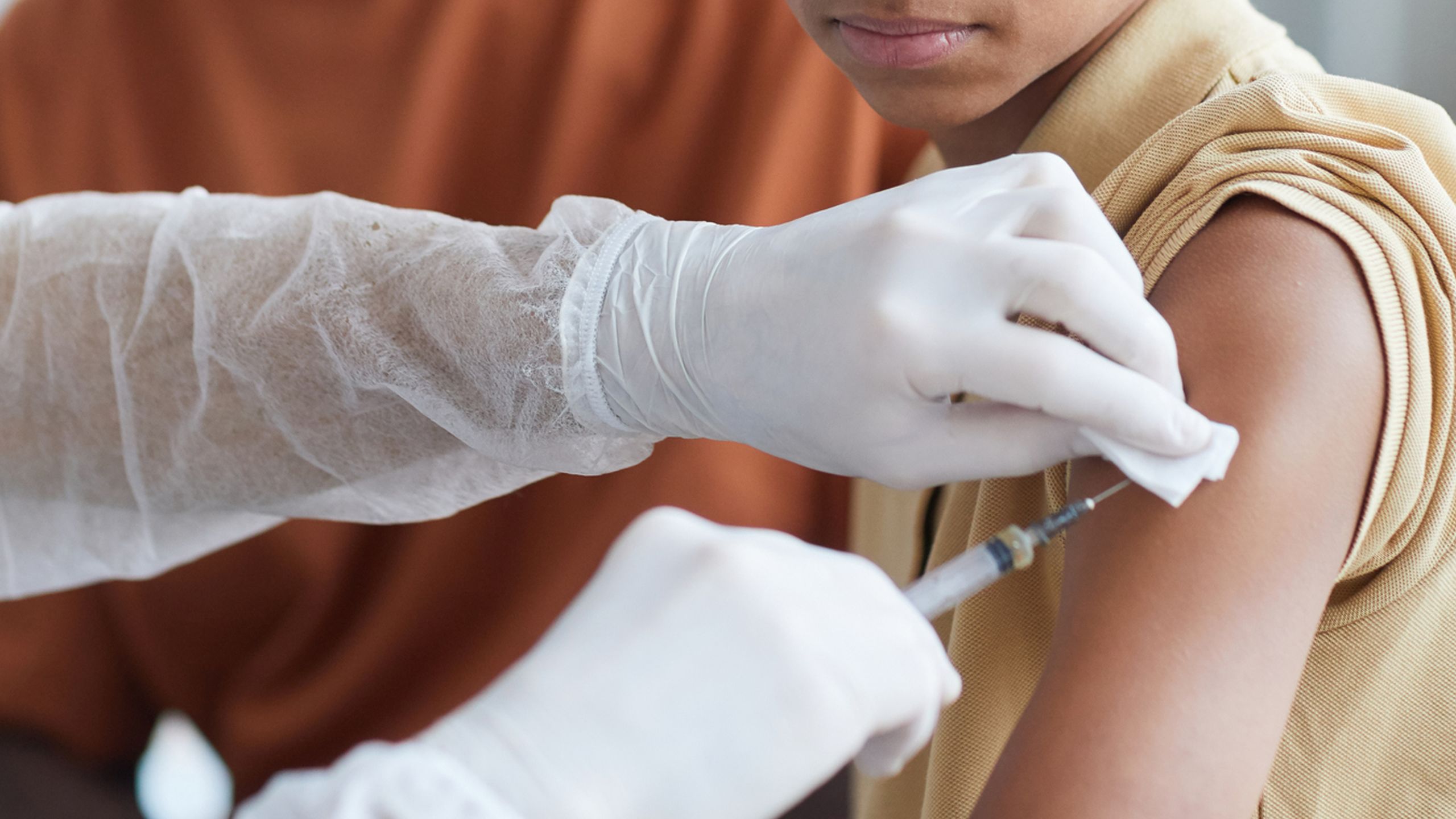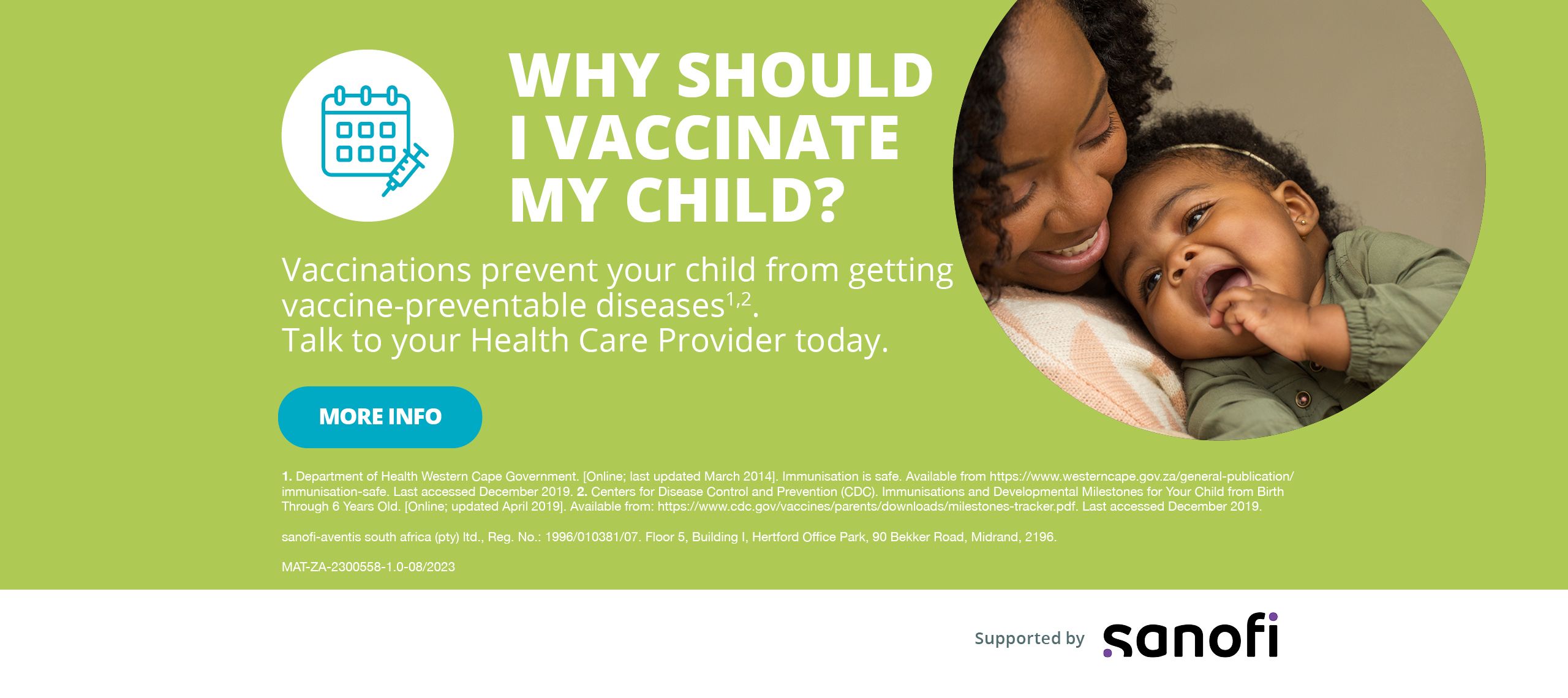Why should I get vaccinated if certain diseases aren’t around anymore?
Just because you don’t see certain diseases as often, doesn’t mean they aren’t around. Here’s why vaccine prevention is better than taking the risk.

It can be easy to fall into the trap of thinking our loved ones aren’t at risk of disease when we don’t see it as often. However, serious vaccine-preventable diseases are still very much out there1,2, and some diseases change their form to become new variants2.
The effectiveness of vaccines has greatly reduced the occurrence of diseases they prevent, leading to these diseases being rarely observed. However, with the exception of smallpox, none of the vaccine-preventable diseases have completely vanished from our environment2.
Even diseases that have essentially been eliminated in a country or region, like polio or diphtheria, may only be a plane ride away when travelling outside of that country or region2.
Preparation and prevention are better than cure and risking contracting diseases – especially life-threatening ones3,4. Just as we don’t wait for a fire to install smoke alarms, we shouldn’t wait for a disease outbreak to protect ourselves and our families with vaccinations3.
Vaccines are designed to prevent some diseases rather than treating them5. Some vaccines contain weakened or inactive parts (antigens) of a disease-causing organism (pathogen) and trigger an immune response within the body6. When you get vaccinated, your immune system is prompted to respond as it would do when it first encounters the actual pathogen6. If the body encounters the real pathogen again – or even part of it – then the immune system knows how to defeat it for some time4,6.
Vaccination is important, because whilst our bodies have natural ways of limiting the entry of harmful organisms – our skin, mucous, and cilia* – vaccines “prompt” our immune system even more, should pathogens breach our natural defences6.
*Cilia are tiny hair-like projections that propel mucous, bacteria, and dust particles from your lungs and airways toward your throat and out of your body7

Protection from some vaccines fade over time but can be restored with boosters given several years after the primary dose.8 Sometimes this is needed for the production of long-lived antibodies and development of “memory cells”6.
While the immune memory created by vaccines can last for years, routine and regular vaccinations become important to keep your body up to date with mutated or evolved versions of the pathogen8.
For further information on vaccinations and routine vaccination updates, consult your Health Care Provider to protect the well-being of your loved ones.
Read more how to prevent and protect with Sanofi:
References:
- Centers for Disease Control and Prevention (CDC). AMD: Improving Vaccines. Available from: https://www.cdc.gov/amd/what-we-do/improving-vaccines.html. Accessed April 2024.
- World Health Organization (WHO). Vaccine Safety and False Contraindications to Vaccination. Training Manual. https://iris.who.int/bitstream/handle/10665/350968/WHO-EURO-2017-4683-44446-62833-eng.pdf?sequence=1. Accessed April 2024.
- Department of Health. Facts about immunisation: EPI (SA) fact sheet. Available from: https://www.westerncape.gov.za/text/2005/7/facts_about_immunisation.pdf. Accessed April 2024.
- National Institute for Communicable Diseases (NICD). Vaccine information for parents and caregivers. First edition. Available from: https://www.nicd.ac.za/wpcontent/uploads/2017/08/NICD_Vaccine_Booklet_D132_FINAL. Accessed April 2024.
- Andre FE, Booy R, Bock HL, et al. Vaccination greatly reduces disease, disability, death, and inequity worldwide. Bull World Health Organ. 2008;86(2):140-146.
- World Health Organization (WHO). How do vaccines work? Available from: https://www.who.int/news-room/feature-stories/detail/how-do-vaccines-work. Accessed April 2024.
- National Institute of General Medical Sciences (NIH). Biomedical Beat Blog. Palmer C. Cilia: Tiny Cell Structures with Mighty Functions. Available from: https://biobeat.nigms.nih.gov/2019/07/cilia-tiny-cell-structures-with-mighty-functions/. Accessed April 2024.
- Centers for Disease Control and Prevention (CDC). Explaining How Vaccines Work. Available from: https://www.cdc.gov/vaccines/hcp/conversations/understanding-vacc-work.html. Accessed April 2024.
- IFPMA. Implementing a Life-Course Approach to Immunization. 12 September 2019. Available from: https://www.ifpma.org/publications/implementing-a-life-course-approach-to-immunization/. Accessed April 2024.
Initiative supported by Sanofi.
Vaccination helps protect health at every stage of life9.
sanofi-aventis south africa (pty) ltd., Reg. No.: 1996/010381/07, Floor 5, Building I, Hertford Office Park, 90 Bekker Road, Midrand, 2196.
MAT-ZA-2301101-1.0 - 05/2024


